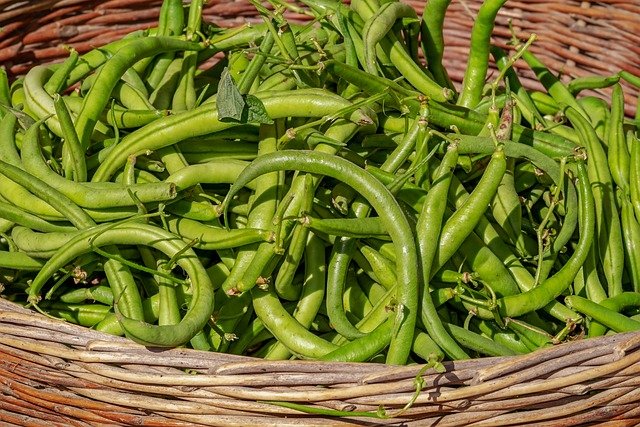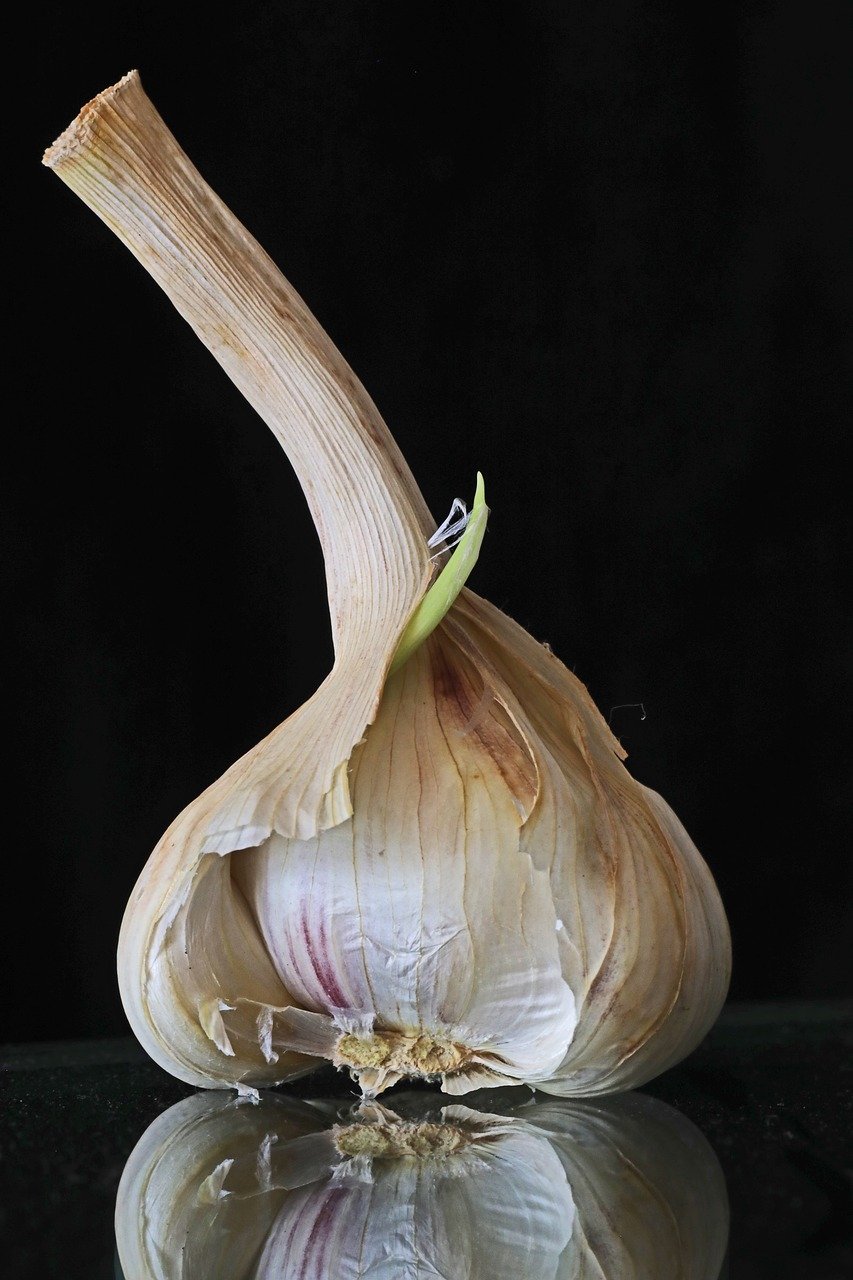
Green beans thrive in a cool, moist climate, making them a popular choice for home gardeners. Finding the right companion plants can boost their growth and protect them from pests. Marigolds, nasturtiums, and corn are excellent companions for green beans, helping to deter pests and support healthy development.
When choosing companions, I make sure to consider how plants work together. Some plants can help beans by improving soil quality or attracting beneficial insects. With a thoughtful approach, I can create a thriving garden ecosystem that supports my beans and other crops.
Companion planting is more than just choosing different plants. It’s about understanding how different species can benefit each other, enhancing growth and yield. By selecting the right partners, I ensure a healthy, resilient garden.
Essentials of Companion Planting for Green Beans
When planting green beans, it’s helpful to consider companion plants. The right companions can improve soil health, boost growth, and aid in pest control.
Understanding the Benefits of Companion Plants
Companion planting is a smart gardening technique. It’s about placing plants together to help each other grow. For green beans, this can mean mutual benefits like better soil health and enriched nitrogen content.
Green beans fix nitrogen in the soil. This benefits nearby plants by providing them with extra nutrients. Also, certain companions can attract beneficial insects and pollinators, keeping pests at bay. Creating a balanced ecosystem in the garden is essential.
Best Companion Plants for Green Beans
Some plants work remarkably well with green beans. Corn is a classic companion. It provides support for vines to climb and creates shade for soil. Marigolds and nasturtiums are great for pest control, repelling unwelcome insects.
Cucumbers and radishes are excellent choices, as they grow quickly and fit well between the rows of beans. Summer savory and thyme help enhance the nitrogen fixation process. These plants create a thriving garden environment.
Plants to Avoid Near Green Beans
Certain plants should be kept away from green beans. Onions and garlic can hinder their growth by secreting chemicals into the soil. Likewise, peppers are not ideal companions.
These plants might compete with green beans for nutrients and space. Poor companions can lead to a drop in productivity. Keeping these plants away ensures optimal growth and prevents potential issues. Making informed choices leads to a healthier garden.
Creating a Thriving Garden Ecosystem
In the Pacific Northwest, thriving garden ecosystems are all about smart plant pairings. By choosing the right companions, vegetable and herb growth can be significantly boosted while also managing soil quality. Let’s explore some specific strategies that can help achieve this balance.
Pairing Green Beans with Food Crops
Pairing green beans with food crops like potatoes, beets, and carrots can enhance garden productivity. Potatoes and green beans work well together because beans improve air circulation and reduce pest issues for potatoes. Beets share similar soil preferences with beans, making them good neighbors.
Carrots benefit from the shade provided by the taller bean plants, helping keep their roots moist. Lettuce, cabbage, and tomatoes grow well with beans too. Lettuce receives shade, while cabbage and beans thrive from each other’s nutrients. Tomatoes, although requiring extra water, can benefit from bean’s nitrogen-fixing abilities.
Utilizing Aromatic Herbs and Flowers
Using aromatic herbs like dill, basil, and rosemary around green beans can attract beneficial insects. Catnip and chamomile not only deter pests but also improve the soil with their leaves as they decompose. Aromatic herbs create a barrier against pests that may harm beans and other crops.
Planting flowers strategically attracts pollinators. Squash flowers are particularly attractive to bees, which help pollinate beans as well. The fragrance of these herbs also enhance the overall garden ambiance, making it a more enjoyable space.
Optimizing Soil Fertility and Quality
Improving soil fertility is essential, and by planting green beans, I contribute to it naturally. Beans have nitrogen-fixing properties, enriching the soil. This benefits plants like cabbage and lettuce, which require more nitrogen.
Rotating crops annually helps maintain soil quality. Adding compost or organic matter increases nutrient availability. Companion planting strategies, such as integrating beans with other crops, enhance root interactions which lead to better nutrient exchange. This ensures my garden remains productive and sustainable season after season.
Thanks for checking out the article! If you’re interested in other similar posts check out one of these:

